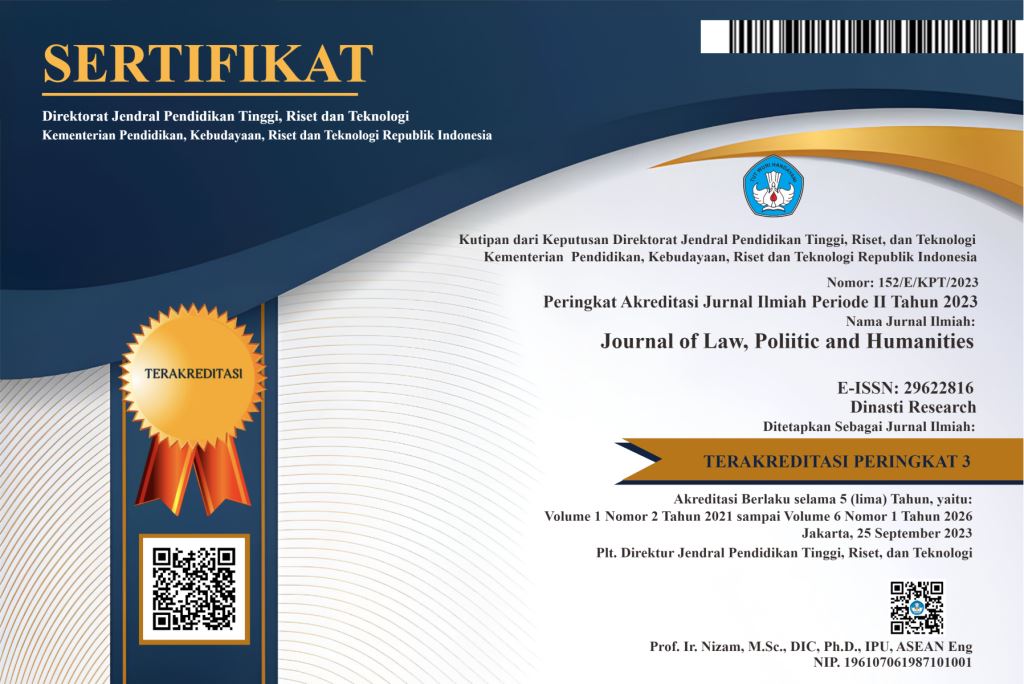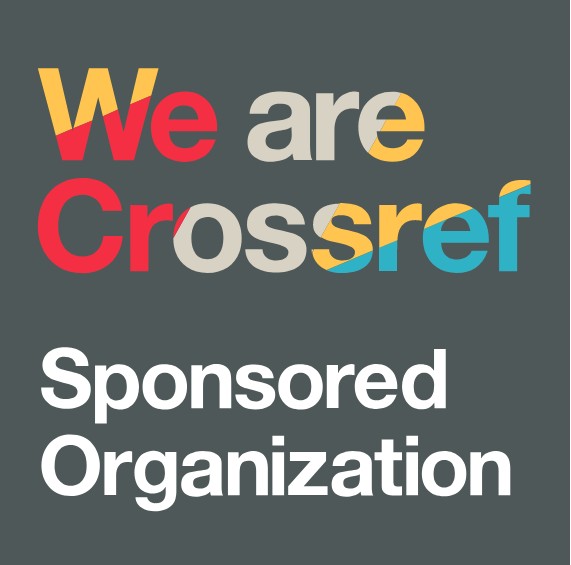Semiotic Analysis and Cultural Elements in the Communication Style of Prabowo Subianto and Anies Baswedan in the 2024 Presidential Debate, Third Session
DOI:
https://doi.org/10.38035/jlph.v5i6.2190Keywords:
Communication Style, Semiotics, Roland Barthes, Communication Culture, Prabowo, Anies BaswedanAbstract
This study aims to analyze the political communication styles of two Indonesian presidential candidates, Prabowo Subianto and Anies Baswedan, during the third presidential debate of the 2024 election. Using Roland Barthes' semiotic approach, and using a descriptive qualitative. This study explores the verbal and nonverbal signs presented in the context of Indonesian communication culture. The findings show that Anies Baswedan tends to use a low-context communication style, characterized by rational argumentation, academic diction, and emotional analogies. In contrast, Prabowo Subianto adopts a high-context communication style, rich in symbols, nonverbal expressions, and nationalist narratives rooted in collective culture. These political figures not only demonstrate personal communication strategies but also reflect the cultural heritage embedded in people's perceptions of leadership in Indonesia. Symbols such as "gemoy" associated with Prabowo and "Abah" with Anies illustrate their efforts to foster closeness to the public through representations of popular and traditional culture. Thus, this study confirms that political communication in debates cannot be separated from the cultural dimensions that shape the meaning and public perception of national leadership.
References
Barthes, R. (1967). Elements of Semiology. Hill and Wang.
Brown, G., & Yule, G. (1988). Discourse Analysis. Cambridge University Press.
Creswell, J. W., & Poth, C. N. (2018). Qualitative Inquiry and Research Design: Choosing Among Five Approaches (4th ed.). SAGE Publications.
Hall, E. T. (1976). Beyond Culture. Anchor Books.
Hasanah, N., & Hidayat, D. N. (2020). Semiotic analysis of political cartoons on the first 100 days of Anies Baswedan government. EduLite: Journal of English Education, Literature, and Culture, 5(2), 322–333. https://doi.org/10.30659/e.5.2.322-333
Moleong, L. J. (2018). Metodologi Penelitian Kualitatif (Edisi revisi). Remaja Rosdakarya.
Mulyana, D. (2006). Ilmu Komunikasi: Suatu Pengantar. Remaja Rosdakarya.
Putri, D. N., & Santosa, R. (2019). A systemic functional linguistics analysis on the communication style of Indonesian presidential candidates. Humaniora, 31(3), 218–225. https://doi.org/10.22146/jh.v31i3.47968
Rakhmat, J. (2009). Psikologi Komunikasi (Edisi revisi). Remaja Rosdakarya.
Saputra, A., & Sulistyowati, I. (2022). Gaya komunikasi politik dalam debat capres: Analisis interaksional terhadap gaya bahasa dan gestur. Jurnal Ilmu Komunikasi (JIK), 20(2), 123–139.
Sobur, A. (2018). Analisis Teks Media: Suatu Pengantar untuk Analisis Wacana, Analisis Semiotik, dan Analisis Framing. Remaja Rosdakarya.
Sutrisno, D., Fantauzzi, M., Karsana, D., et al. (2024). Semiotic Analysis of Psycholinguistic Strategies in Indonesian Presidential Candidates’ Debates 2024. Forum for Linguistic Studies, 6(5), 943–976.
Suppiah, S. M., Ahmad, M. K., & Velloo, P. (2022). Tun Mahathir Mohamad’s leadership communication as the essence of social change: What the Malaysian Hindus’ opinion leaders say? Jurnal Komunikasi: Malaysian Journal of Communication, 38(3), 37–53. https://doi.org/10.17576/JKMJC-2022-3803-03
Suwandi, S., & Wahyuni, D. (2021). Semiotic analysis of political communication on Instagram during the 2019 Indonesian presidential election. Jurnal Komunikasi: Malaysian Journal of Communication, 37(4), 1–15. https://doi.org/10.17576/JKMJC-2021-3704-01
Watzlawick, P., Beavin, J. H., & Jackson, D. D. (2011). Pragmatics of Human Communication. W. W. Norton & Company.
Yarnis, A., & Muksin, M. (2024). Semiotics of political branding in the 2024 campaign: A study of “Gemoy” and “Abah” as digital symbols. Lentera: Jurnal Ilmu Dakwah dan Komunikasi, 8(1), 11–17.
Yohana, N. (2012). Perilaku komunikasi verbal dan nonverbal anak tunagrahita. Jurnal Penelitian Komunikasi, 15(2), 123–136.
Downloads
Published
How to Cite
Issue
Section
License
Copyright (c) 2025 Rafi'i, Ummy Hanifah, Titiek Surya Ningsih, Fara Dilla Fairuz, Anna Nurjanah

This work is licensed under a Creative Commons Attribution 4.0 International License.
Authors who publish their manuscripts in this journal agree to the following conditions:
- The copyright on each article belongs to the author(s).
- The author acknowledges that the Journal of Law, Poliitic and Humanities (JLPH) has the right to be the first to publish with a Creative Commons Attribution 4.0 International license (Attribution 4.0 International (CC BY 4.0).
- Authors can submit articles separately, arrange for the non-exclusive distribution of manuscripts that have been published in this journal into other versions (e.g., sent to the author's institutional repository, publication into books, etc.), by acknowledging that the manuscript has been published for the first time in the Journal of Law, Poliitic and Humanities (JLPH).


























